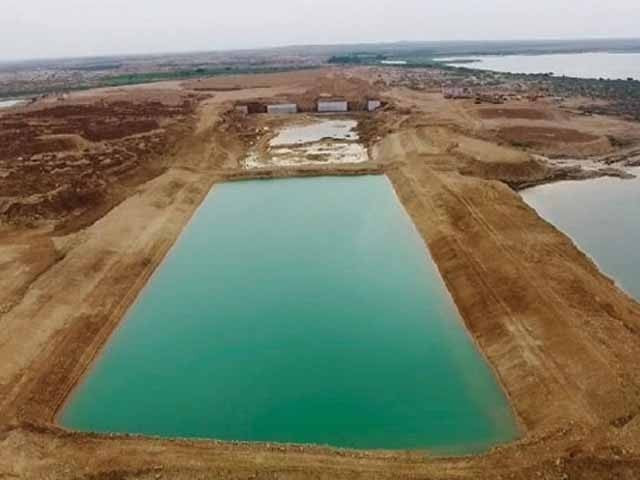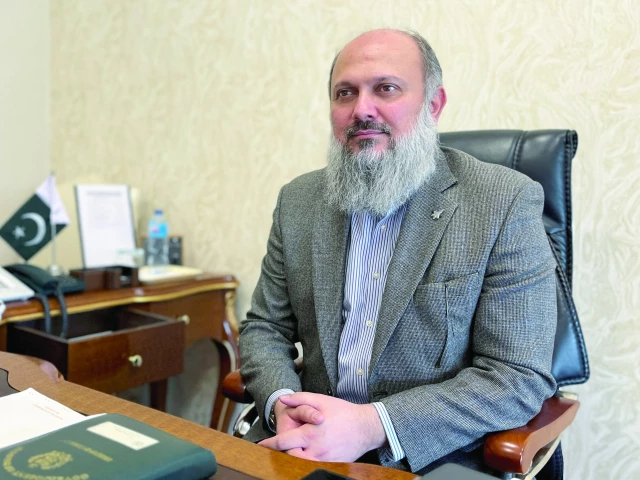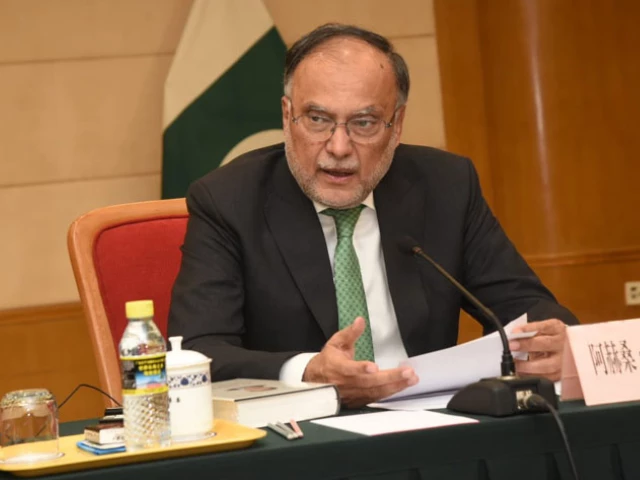Business
RH reports worse-than-expected tariff hit, earnings miss

Shares of RH fell slightly Friday after the luxury furniture retailer significantly missed revenue expectations in its fiscal second-quarter earnings report and slashed its full-year revenue outlook.
The chain said Thursday that it will take another $30 million hit to its forecast because of tariffs, even though the retailer stood by its full-year projection three months ago in its fiscal first-quarter earnings report.
It now sees full-year revenue up 9% to 11%, compared with a prior outlook of 10% to 13%, and adjusted earnings before interest, taxes, depreciation and amortization margins of 19% to 20% compared with previous estimates of 20% to 21%.
RH reported revenue of $899 million compared with Wall Street estimates of $905 million. The company also delayed the introduction of its Fall Interiors Sourcebook by roughly two months as it waited to finalize pricing depending on tariff announcements.
“We now expect approximately $40 million in revenues to shift out of Q3 and into Q4 and Q1 2026,” CEO Gary Friedman wrote in a letter to shareholders.
Gary Friedman, CEO, Restoration Hardware
Scott Mlyn | CNBC
The company is also facing uncertainty as President Donald Trump has threatened to put new tariffs on imported furniture.
In late August, the president said his administration was conducting a 50-day investigation to establish a yet-to-be-determined tariff rate on imported furniture. The move is meant to “bring the furniture business back” to the U.S., Trump added at the time.
“Just when you might have thought the tariff conversation was complete, the announcement of a new furniture investigation and the possibility for additional furniture tariffs, on top of existing furniture tariffs, and incremental steel and aluminum tariffs were introduced with the goal of returning furniture manufacturing back to America,” Friedman wrote. “We believe most in our industry hope that this investigation surfaces the difficulty of that task, as current manufacturing for high quality wood or metal furniture does not exist at scale in America.”
RH’s fiscal second-quarter earnings report, including its significant global tariffs hit, did not include any estimates of what changes the company might see if Trump follows through with the furniture tariff. The company is continuing to shift operations out of China and searching for alternatives to its India manufacturing.
“While there remains uncertainty until tariff investigations are complete, we have proven we are well positioned to compete favorably in any market condition,” Friedman wrote.
Business
India’s $5 Trillion Economy Push Explained: Why Modi Govt Wants To Merge 12 Banks Into 4 Mega ‘World-Class’ Lending Giants
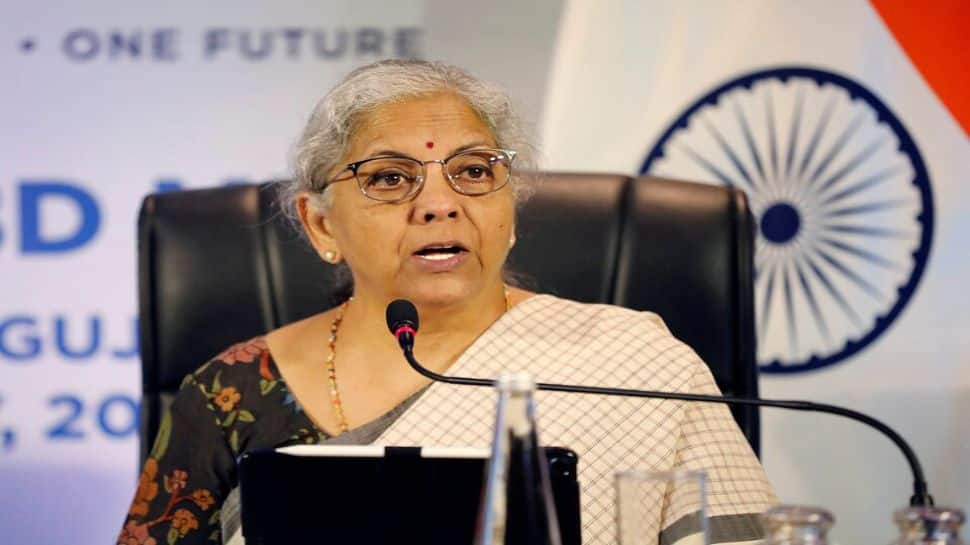
India’s Public Sector Banks Merger: The Centre is mulling over consolidating public-sector banks, and officials involved in the process say the long-term plan could eventually bring down the number of state-owned lenders from 12 to possibly just 4. The goal is to build a banking system that is large enough in scale, has deeper capital strength and is prepared to meet the credit needs of a fast-growing economy.
The minister explained that bigger banks are better equipped to support large-scale lending and long-term projects. “The country’s economy is moving rapidly toward the $5 trillion mark. The government is active in building bigger banks that can meet rising requirements,” she said.
Why India Wants Larger Banks
Sitharaman recently confirmed that the government and the Reserve Bank of India have already begun detailed conversations on another round of mergers. She said the focus is on creating “world-class” banks that can support India’s expanding industries, rising infrastructure investments and overall credit demand.
She clarified that this is not only about merging institutions. The government and RBI are working on strengthening the entire banking ecosystem so that banks grow naturally and operate in a stable environment.
According to her, the core aim is to build stronger, more efficient and globally competitive banks that can help sustain India’s growth momentum.
At present, the country has a total of 12 public sector banks: the State Bank of India (SBI), the Punjab National Bank (PNB), the Bank of Baroda, the Canara Bank, the Union Bank of India, the Bank of India, the Indian Bank, the Central Bank of India, the Indian Overseas Bank (IOB) and the UCO Bank.
What Happens To Employees After Merger?
Whenever bank mergers are discussed, employees become anxious. A merger does not only combine balance sheets; it also brings together different work cultures, internal systems and employee expectations.
In the 1990s and early 2000s, several mergers caused discomfort among staff, including dissatisfaction over new roles, delayed promotions and uncertainty about reporting structures. Some officers who were promoted before mergers found their seniority diluted afterward, which created further frustration.
The finance minister addressed the concerns, saying that the government and the RBI are working together on the merger plan. She stressed that earlier rounds of consolidation had been successful. She added that the country now needs large, global-quality banks “where every customer issue can be resolved”. The focus, she said, is firmly on building world-class institutions.
‘No Layoffs, No Branch Closures’
She made one point unambiguous: no employee will lose their job due to the upcoming merger phase. She said that mergers are part of a natural process of strengthening banks, and this will not affect job security.
She also assured that no branches will be closed and no bank will be shut down as part of the consolidation exercise.
India last carried out a major consolidation drive in 2019-20, reducing the number of public-sector banks from 21 to 12. That round improved the financial health of many lenders.
With the government preparing for the next phase, the goal is clear. India wants large and reliable banks that can support a rapidly growing economy and meet the needs of a country expanding faster than ever.
Business
Stock market holidays in December: When will NSE, BSE remain closed? Check details – The Times of India

Stock market holidays for December: As November comes to a close and the final month of the year begins, investors will want to know on which days trading sessions will be there and on which days stock markets are closed. are likely keeping a close eye on year-end portfolio adjustments, global cues, and corporate earnings.For this year, the only major, away from normal scheduled market holidays in December is Christmas, observed on Thursday, December 25. On this day, Indian stock markets, including the Bombay Stock Exchange (BSE) and National Stock Exchange (NSE), will remain closed across equity, derivatives, and securities lending and borrowing (SLB) segments. Trading in currency and interest rate derivatives segments will continue as usual.Markets are expected to reopen on Friday, December 26, as investors return to monitor global developments and finalize year-end positioning. Apart from weekends, Christmas is the only scheduled market holiday this month, making December relatively quiet compared with other festive months, with regards to stock markets.The last trading session in November, which was November 28 (next two days being the weekend) ended flat. BSE Sensex slipped 13.71 points, or 0.02 per cent, to settle at 85,706.67, after hitting an intra-day high of 85,969.89 and a low of 85,577.82, a swing of 392.07 points. Meanwhile, the NSE Nifty fell 12.60 points, or 0.05 per cent, to 26,202.95, halting its two-day rally.
Business
A Silent Threat Looms Over India’s Big Industries – Is Growth In Danger?
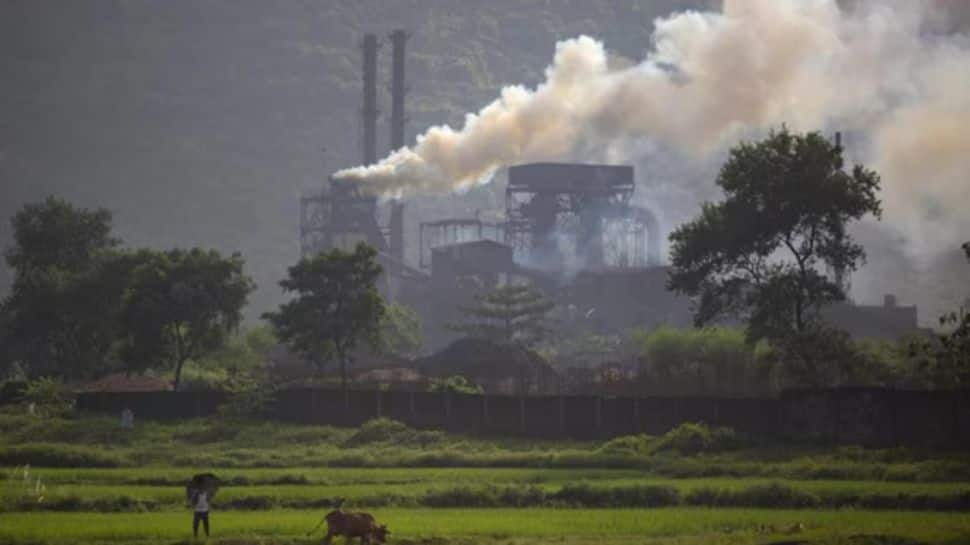
New Delhi: As Indian exporters were already dealing with the heavy impact of tariffs imposed by US President Donald Trump, a new threat has come the fore. A report by global consulting firm BCG warns that India’s industries linked to exports and bound by international rules are now at risk from climate change. The most vulnerable sectors include aluminium, iron, and steel, which could face big losses in profits, disruptions in operations and long-term challenges to their sustainability if prompt action is not taken.
BCG Managing Director and Senior Partner Sumit Gupta, who is also Asia-Pacific leader for climate & sustainability, told PTI that according to the Climate Risk Index 2026, India ranks among the top 10 countries most exposed to extreme weather conditions.
“The cost of ignoring climate change for India could be enormous,” he said, referring to the findings released at COP30.
Citing data from the Reserve Bank of India and the World Economic Forum 2024, he explained that by 2030, extreme climate events could threaten 4.5% of India’s GDP, and by the end of the century, losses could range between 6.4% and more than 10% of national income if climate risks are not addressed.
Direct Impact On Companies
Gupta highlighted how the climate threats directly affect businesses. Extreme weather can destroy physical infrastructure such as roads and bridges, reduce workers’ hours and hamper overall productivity.
Regions with higher climate vulnerability may experience delays in project execution, and investment potential could decline as uncertainty grows.
Earnings Under Threat
BCG’s estimates suggest that globally, climate-related risks could put 5% to 25% of companies’ EBITDA at risk by 2050. Indian businesses are increasingly recognising the severity of the challenge, understanding that climate change threatens not only profits but also the long-term stability of their operations.
If India wants to protect its economy and exports, he advised, taking action on climate change is urgent and necessary.
-

 Sports7 days ago
Sports7 days agoWATCH: Ronaldo scores spectacular bicycle kick
-

 Entertainment7 days ago
Entertainment7 days agoWelcome to Derry’ episode 5 delivers shocking twist
-

 Politics7 days ago
Politics7 days agoWashington and Kyiv Stress Any Peace Deal Must Fully Respect Ukraine’s Sovereignty
-

 Business7 days ago
Business7 days agoKey economic data and trends that will shape Rachel Reeves’ Budget
-

 Tech5 days ago
Tech5 days agoWake Up—the Best Black Friday Mattress Sales Are Here
-

 Fashion7 days ago
Fashion7 days agoCanada’s Lululemon unveils team Canada kit for Milano Cortina 2026
-

 Politics7 days ago
Politics7 days ago53,000 Sikhs vote in Ottawa Khalistan Referendum amid Carney-Modi trade talks scrutiny
-

 Tech5 days ago
Tech5 days agoThe Alienware Aurora Gaming Desktop Punches Above Its Weight




